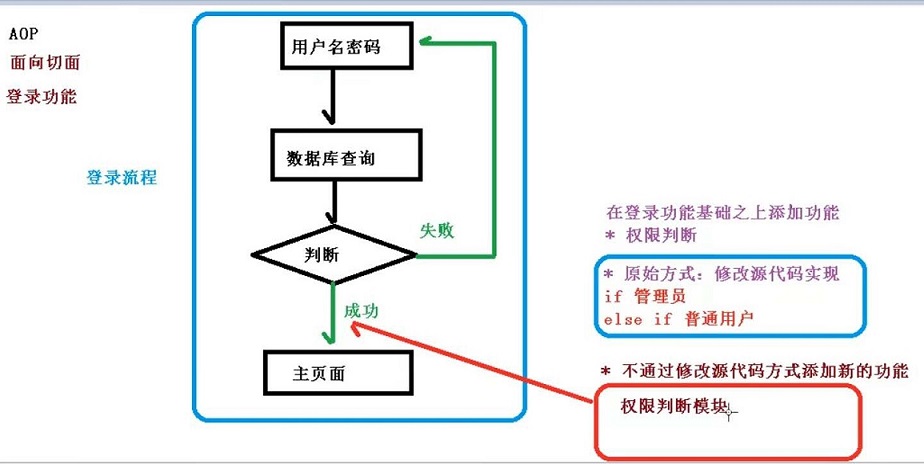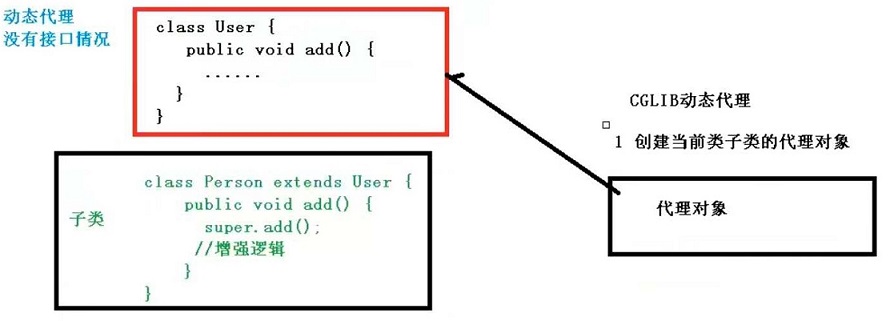1
2
3
4
5
6
7
8
9
10
11
12
13
14
15
16
17
18
19
20
21
22
23
24
25
26
27
28
29
30
31
32
33
34
35
36
37
38
39
40
41
42
43
44
45
46
47
48
49
50
51
52
53
54
55
56
57
| public class JDK {
public static void main(String[] args) {
Class[] interfaces = {UserDao.class};
UserDaoImpl userDao = new UserDaoImpl();
UserDao proxyInstance = (UserDao)Proxy.newProxyInstance(JDK.class.getClassLoader(), interfaces, new UserDaoProxy(userDao));
proxyInstance.add(1, 2);
}
}
interface UserDao{
public abstract int add(int a, int b);
public abstract String update(String id);
}
class UserDaoImpl implements UserDao {
@Override
public int add(int a, int b) {
return a + b;
}
@Override
public String update(String id) {
return id;
}
}
class UserDaoProxy implements InvocationHandler {
private Object obj;
public UserDaoProxy(Object obj){
this.obj = obj;
};
@Override
public Object invoke(Object proxy, Method method, Object[] args) throws Throwable {
System.out.println("方法之前执行:" + method.getName());
System.out.println("传递的参数" + Arrays.toString(args));
Object res = method.invoke(obj, args);
System.out.println("方法之后执行:" + res);
return res;
}
}
|


